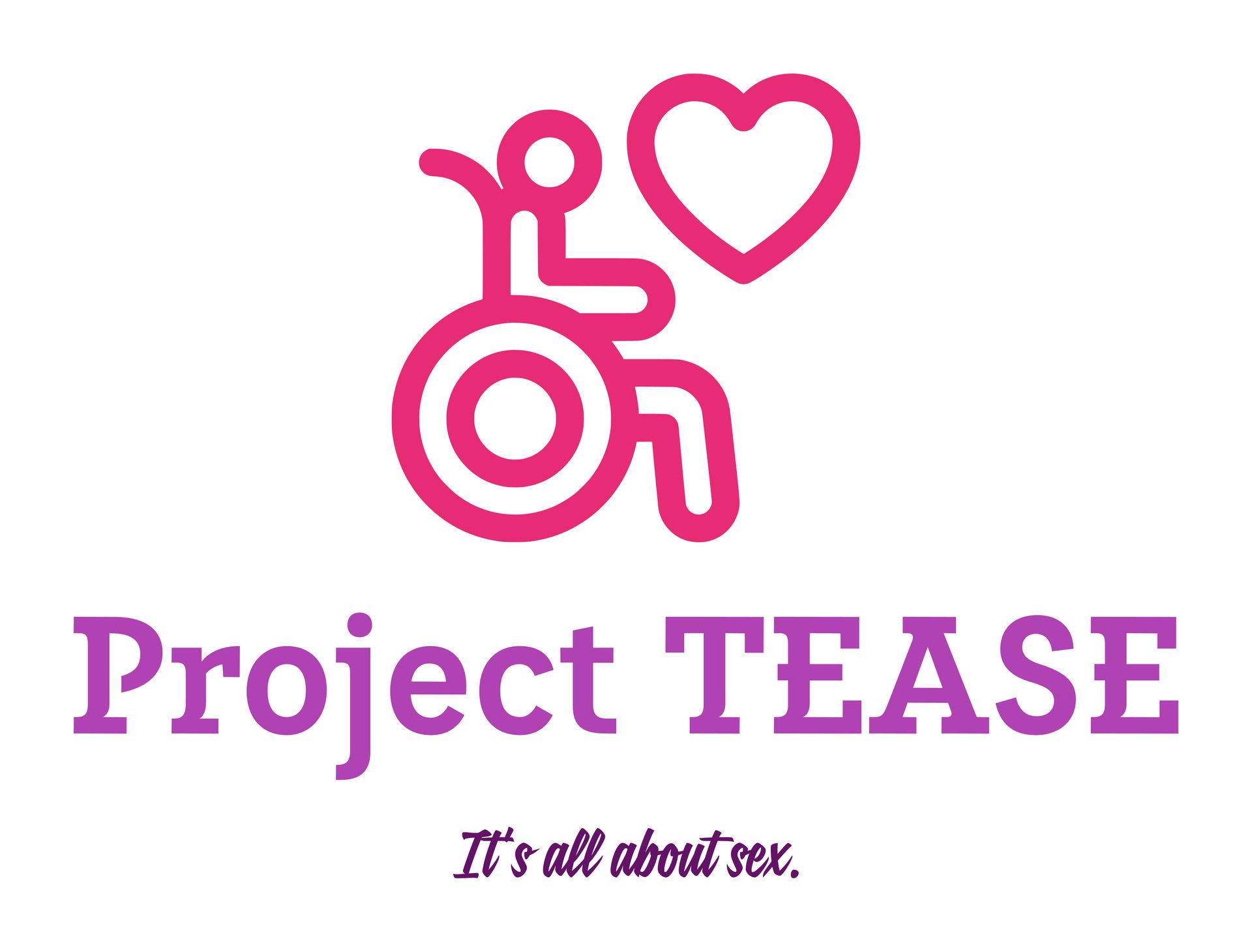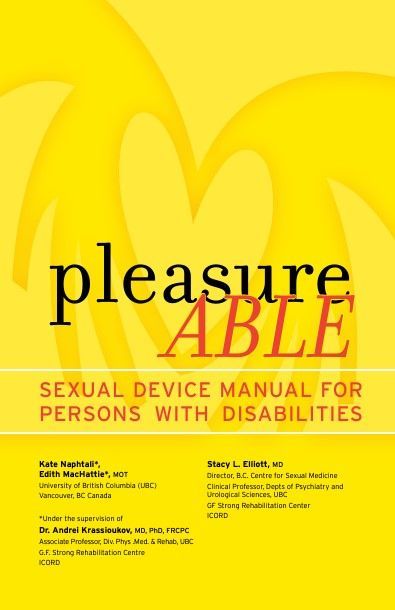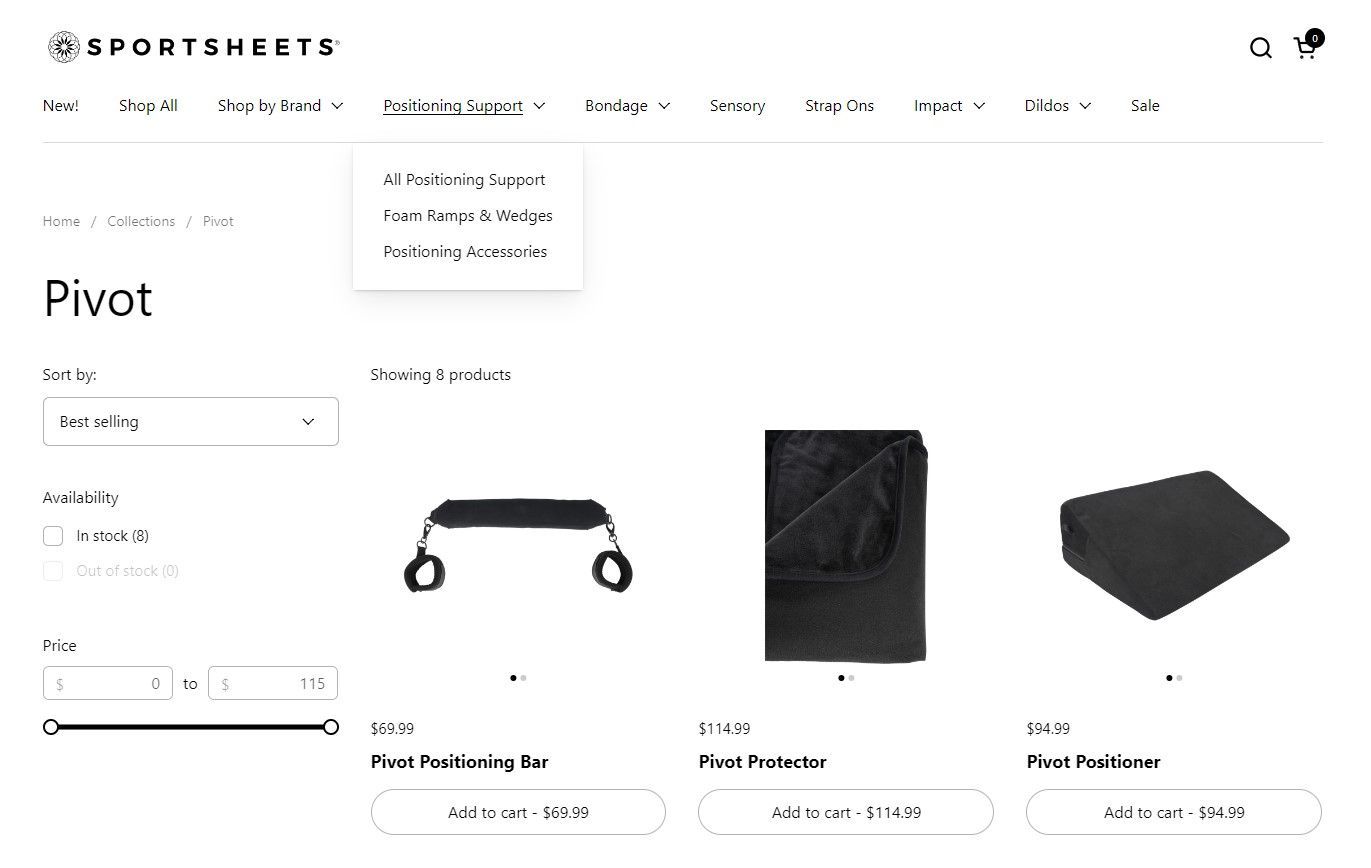Quill & Chill
O is for Orgasm Control

Exploring Orgasm Control in BDSM
Hi there, pleasure seekers! Today, we’re diving into the tantalizing world of orgasm control. Whether you’re a curious newbie or a seasoned kinkster, this guide is here to help you navigate the ins and outs of this thrilling practice.
What is Orgasm Control?
Orgasm control, sometimes known as orgasm denial or edging, is all about controlling when and how an individual reaches orgasm. This can be done by a Dominant partner (Dom) for their submissive (sub) or even by oneself. The aim? Heightening arousal, increasing intimacy, and exploring power dynamics in a fun, consensual way.
The Biology and Physiology of Orgasm Control
Let’s get a bit scientific! Orgasm control works by playing with the body’s natural response to sexual stimulation. When you’re aroused, your body undergoes a series of changes: increased heart rate, blood flow to the genitals, and heightened sensitivity. By bringing someone close to the edge of orgasm and then stopping, you build up tension and anticipation, leading to even more intense climaxes.
Your brain also gets in on the action, releasing a cocktail of feel-good chemicals like dopamine and oxytocin. This can create a powerful bond between partners, making the experience even more special.
Understanding Preferences: Tips and Tricks
- Communicate: Before you dive into orgasm control, have an open chat with your partner. Discuss boundaries, safe words, and what you both hope to get out of the experience.
- Start Slow: If you’re new to this, ease into it. Start with short sessions of denial and gradually increase the duration as you get more comfortable.
- Read the Signals: Pay close attention to your partner’s body language and verbal cues. Everyone’s limits and preferences are different, so be responsive and adaptive.
- Mix it Up: Incorporate different types of stimulation—oral, manual, toys—to keep things exciting and unpredictable.
Tools of the Trade
- Toys: Vibrators, dildos, and prostate massagers can add extra layers of sensation.
- Restraints: Handcuffs, ropes, or even a simple blindfold can heighten the sense of control and submission.
- Lubricants: Keep things smooth and comfortable with a good-quality lube.
- Remote-Controlled Toys: Perfect for long-distance play or adding an element of surprise.
Communicating with Your Partner
Talking about orgasm control can be a bit daunting, but it’s key to a safe and satisfying experience. Here are some conversation starters:
- “I’ve been curious about orgasm control. How do you feel about trying it out together?”
- “Let’s set some boundaries and safe words before we start. What are you comfortable with?”
- “How did that feel for you? Is there anything you’d like to change or try differently next time?”
Patience Pays Off
Learning the art of orgasm control takes time, practice, and a whole lot of patience. But trust us, it’s worth it. The journey itself is full of exciting discoveries about your body, your partner, and your desires. So, take your time, communicate openly, and enjoy every tantalizing moment.
Remember, the ultimate goal is mutual pleasure and connection. So, whether you’re edging towards ecstasy or indulging in a bit of playful denial, have fun and stay safe!
Orgasm Control for Those with Spinal Cord Injuries: Adapting and Thriving
Because my academic focus has also included women with disabilities, I want to expand this blog on orgasm control to include those who might have impartial or complete spinal cord injuries. Just because the standard routes to orgasm might be off-limits, doesn’t mean you can’t enjoy the thrill and intimacy of orgasm control. Let’s dive in and explore how to adapt this practice to suit your needs!
Adapting Orgasm Control
Having a spinal cord injury can change how your body experiences pleasure, but it certainly doesn’t eliminate your ability to enjoy sexual activities. Here’s how you can tweak orgasm control to fit your unique situation:
- Explore New Sensations: Different parts of your body can become erogenous zones. Focus on areas like your neck, ears, nipples, and even your mind—yes, mental stimulation can be incredibly powerful.
- Use Vibrations: High-powered vibrators can sometimes trigger sensations and orgasms in people with spinal cord injuries. Experiment with different types and intensities to find what works for you.
- Communicate Openly: Have an honest conversation with your partner about what feels good, what doesn’t, and how you’d like to be touched. Your pleasure is a journey you both can explore together.
- Mind-Body Connection: Orgasm isn’t just about physical stimulation. Mental arousal through dirty talk, erotic stories, or fantasy can be just as powerful. Use your imagination to enhance the experience.
Tips and Tricks
- Set the Scene: Create a comfortable and sensual environment. Soft lighting, relaxing music, and a cozy setup can make all the difference.
- Experiment with Timing: Try different durations of denial and build-up to see what feels best. Everyone’s response time is different, so be patient and playful.
- Incorporate Massage: A sensual massage can be incredibly arousing and can help build up to the peak of pleasure. Use scented oils to enhance the experience.
- Adaptive Toys: Look for sex toys designed for people with disabilities. There are a variety of options that cater to different needs and preferences.
Discussing with Your Partner
Talking about your needs and desires is crucial. Here are some ways to start the conversation:
- “I’ve been thinking about trying orgasm control, but with my spinal cord injury, we might need to get creative. How do you feel about exploring this together?”
- “Let’s talk about what feels good for me and how we can adapt orgasm control to suit my body. Communication is key!”
- “I found some toys and techniques that might work well for us. Want to check them out and see what we’d like to try?”
Further Resources
Educate yourself and your partner with these resources:
- The Christopher & Dana Reeve Foundation: They have a wealth of information on sexual health and spinal cord injuries. Visit their website.
- Sexual Health and Disability Alliance (SHADA): A great resource for exploring sexual health and pleasure for people with disabilities. Check them out here.
- Books and Guides: “The Ultimate Guide to Sex and Disability” by Miriam Kaufman, Cory Silverberg, and Fran Odette is an excellent read.
- Check out the other resources I've added below!
Patience and Exploration
Remember, learning how to adapt orgasm control to your needs takes time and patience. It’s a journey of exploration and discovery. Communicate openly with your partner, try different techniques, and most importantly, have fun along the way. Your pleasure is worth the effort!
Stay curious, stay playful, and happy exploring, everyone!

















